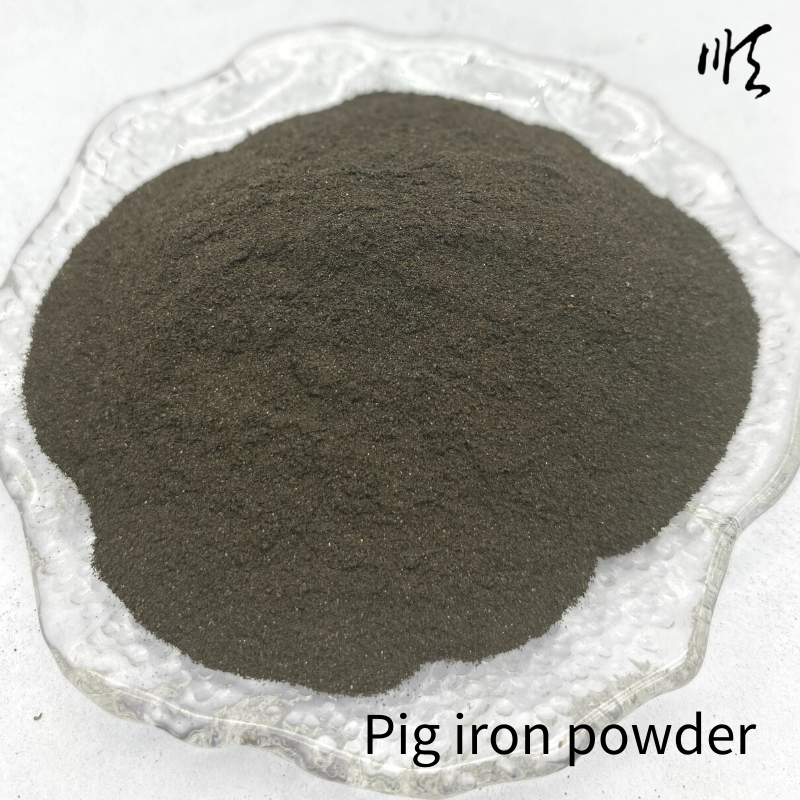
Enhancing Concrete Strength
Adding Perlite to Concrete Benefits and Considerations
Concrete is a versatile and widely used construction material known for its strength and durability. However, its weight and thermal properties can be limiting factors in certain applications. To enhance these characteristics, many construction professionals are turning to perlite, a naturally occurring volcanic glass that can significantly improve concrete's performance.
Perlite is often used in the construction industry as a lightweight aggregate. When added to concrete, it can reduce the overall weight of the mixture without compromising structural integrity. This is particularly advantageous in projects where reducing load is essential, such as in high-rise buildings or where existing structures must support additional weight. By lowering the density of concrete, perlite helps minimize the load on foundations, making it an ideal choice for various applications.
In addition to weight reduction, perlite provides excellent thermal insulation properties. This is beneficial for energy efficiency in buildings, as it helps maintain interior temperatures, reducing the need for excessive heating or cooling. With growing concerns about energy consumption and environmental impact, incorporating perlite into concrete can be a step towards sustainable building practices. Insulated concrete provides comfort while contributing to lower energy bills for occupants.
adding perlite to concrete

Perlite also enhances the workability of concrete. Its lightweight nature allows for easier mixing and application, making it an attractive option for contractors. When mixed with traditional aggregates, perlite improves flowability, allowing concrete to fill molds and forms more efficiently. This can lead to improved surface finishes and reduced labor costs on the job site.
However, while the benefits of adding perlite to concrete are significant, there are important considerations to keep in mind. The proportion of perlite used in the mix must be carefully balanced to ensure that the concrete maintains its required strength and durability. Overusing perlite can compromise the structural integrity of the concrete, potentially leading to cracking or failure over time. It is crucial to conduct thorough testing and adhere to established guidelines when incorporating perlite into concrete mixes.
In conclusion, adding perlite to concrete offers numerous advantages, including reduced weight, enhanced insulation properties, and improved workability. As the construction industry increasingly focuses on sustainability and energy efficiency, perlite stands out as a valuable additive. With careful consideration of mix proportions and performance testing, perlite can be effectively utilized to create high-quality, lightweight concrete that meets the demands of modern construction. By integrating innovative materials like perlite, builders can achieve stronger, more efficient, and environmentally friendly structures.
Share
-
Premium Resin Coated Sand - High Heat Resistance CastingNewsJul.31,2025
-
High Quality Silicon Carbide Grit for Abrasive ApplicationsNewsJul.30,2025
-
High-Quality Ceramsite for Plants & Gardening | Lightweight PebblesNewsJul.29,2025
-
Premium Burgundy Glass Marbles for Vases & Shooter GamesNewsJul.29,2025
-
High Purity Quartz Sand for Industrial and Ground ApplicationsNewsJul.29,2025
-
High-Quality Barite Powder for Drilling & Industrial UseNewsJul.29,2025






